We tell about the features of ate, aspen, pines and larchs for the interior decoration of different rooms of the bath.
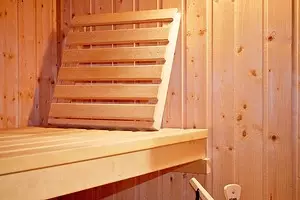
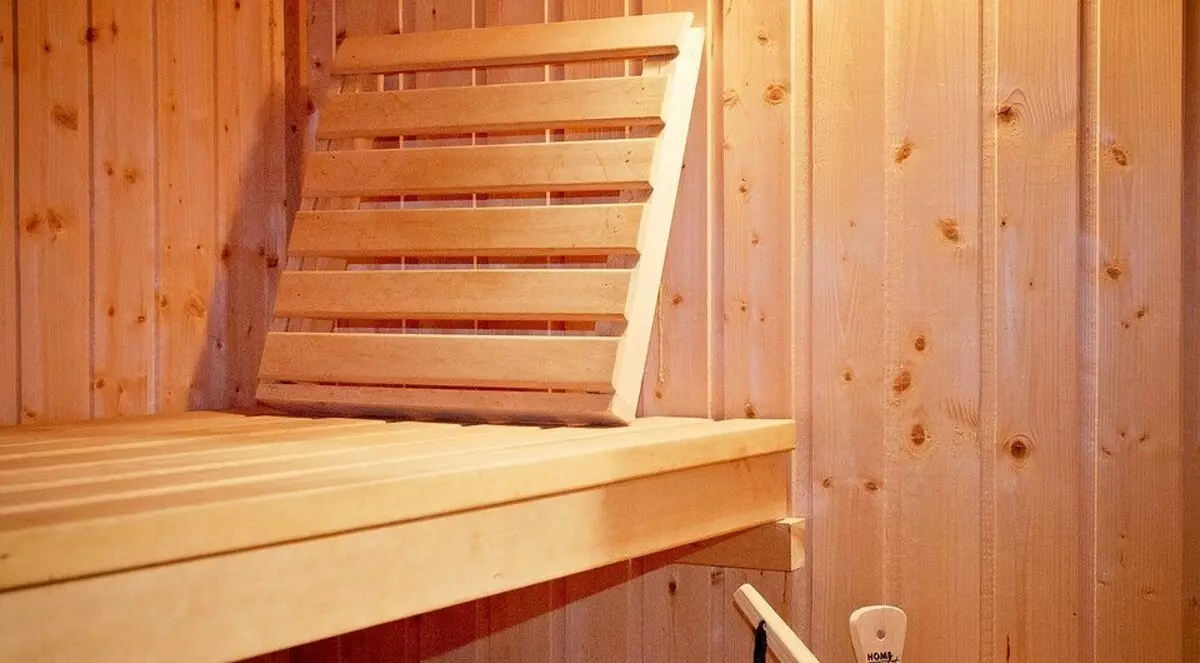
In the field of building a bath, as in private construction, in general, new materials appear every year, which make it possible to completely eliminate the problems, which seemed unresolutely several years ago. At the same time, the defenders of traditional bath values believe that when the bath is built, it is necessary to guide the experience of previous generations. However, the modern bath has long been not only an old-fashioned log house, and supporters of innovation are confident that the pair can be created even in the apartment.
With the help of Maria Kurbatova, the seller-consultant "Lerua Merlen Parisan Herman" choose the optimal type of wood - eco-friendly material for baths, whose advantages do not dispute neither the others.
How the baths were built before
If you go to the remote village, where there are houses built by representatives of older generations, it is possible to detect an interesting pattern: old residential buildings with age from 50 years old and more built from logs of coniferous rocks, and the baths standing next to them are most often made of aspen.
The choice of these types of wood is not accidental. Pine and spruce - traditional for our latitudes Building forest. It is the availability of pine and fir that explains a large number of houses of wood coniferous rocks.
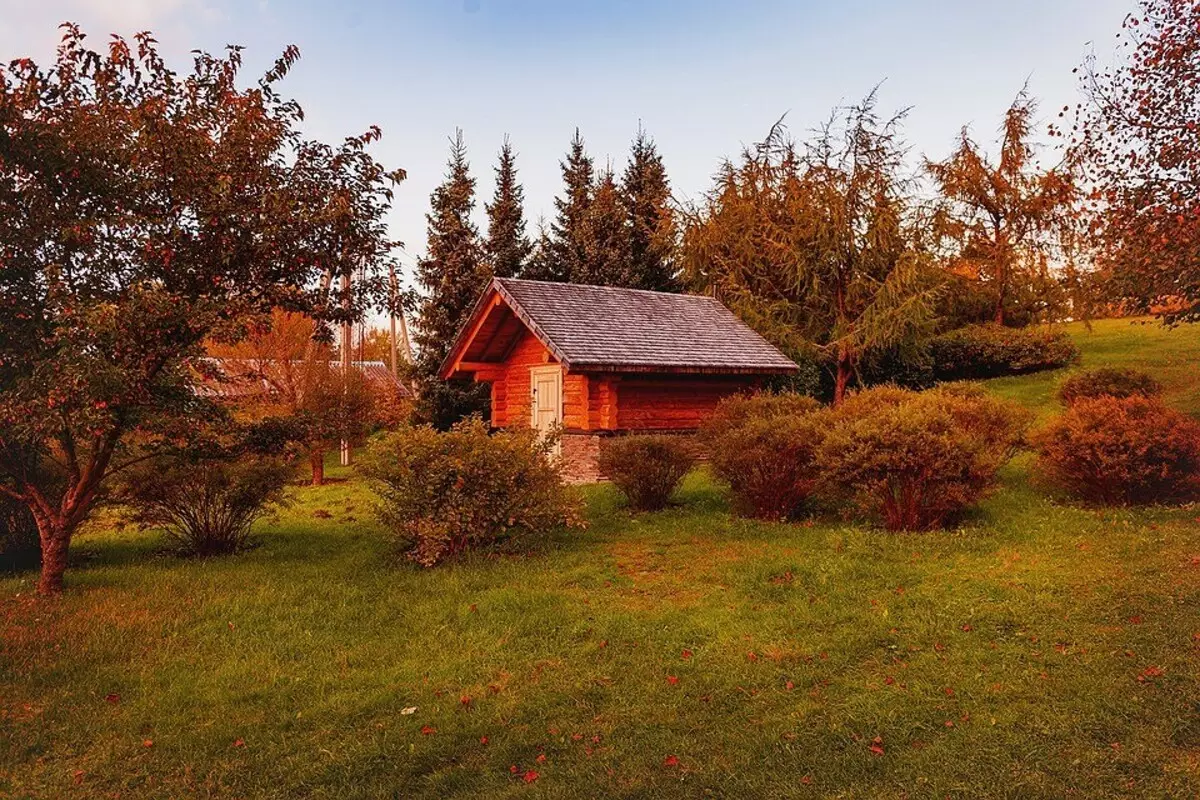
But today they are chosen less and the main reason is a weak fitness of coniferous rocks to high humidity. Pine and fir are susceptible to rot, although pine among them is considered more resistant. Wood ate more loose and because it is better gaining moisture. In this regard, the log house of pine and ate need to be dried after bath procedures, and the wood is to protect with special impregnations.
Softwood wood also distinguishes high resinness. In coniferous rocks, the resin content varies from 0.8 to 25% and for pine is from 10 to 15%. For comparison, the resin content in the wood of hardwood from 0.7 to 3%, and for the aspen, this parameter is 1.8%. In practice, this means that under the influence of the high temperature of the resin heats and flows along the walls of the pine log cabin, forming characteristic "tears". Strong smell of pine and firing resin can be absolutely unacceptable for people with allergies.
For the aggregate of these reasons, it becomes clear why our ancestors were chosen to Bani Osip. In addition to prevalence, low resinness and lack of strong smell, the aspen has a number of features. This type of wood practically does not absorb moisture, and when drying, it does not crack and does not breed - that is why in the villages of Osin chose to build well cutters. Upon resistance and abrasion of the aspen is comparable to wood oak and larch. Wood aspen retains warm enough and does not burn the skin.
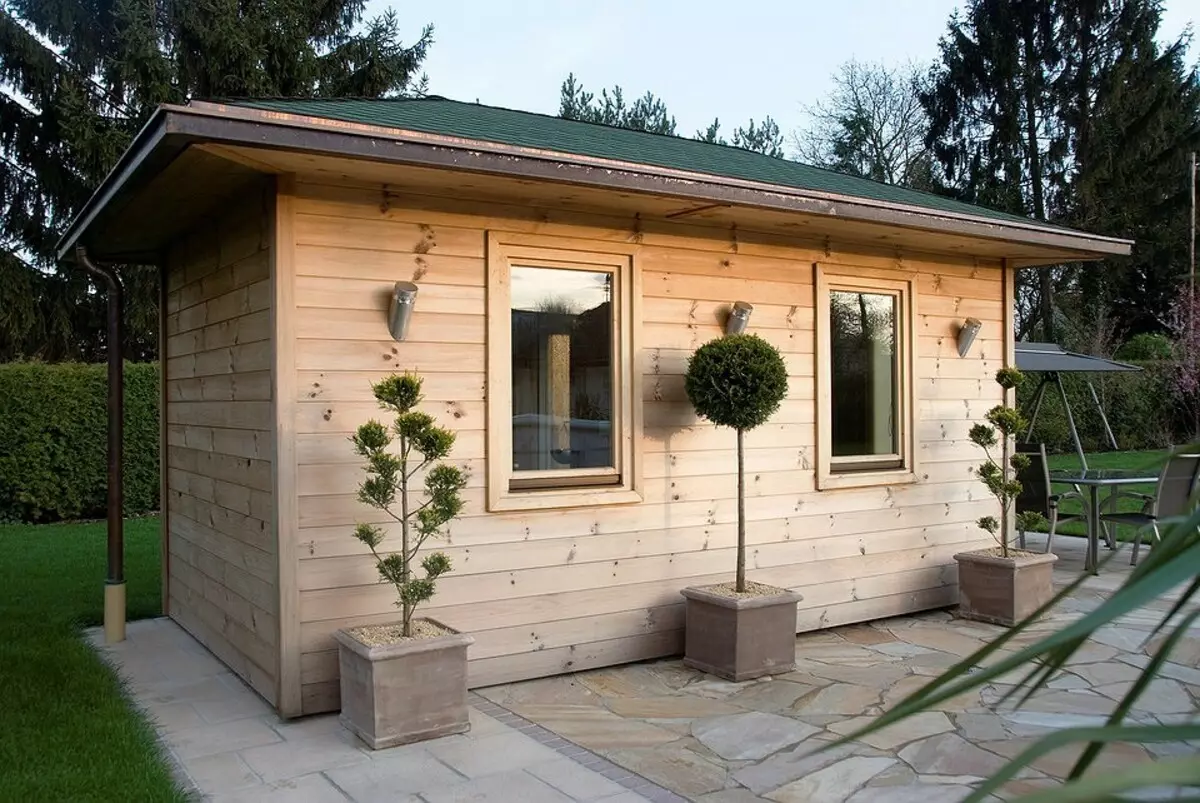
What are the requirements for wood for the bath today
In the 21st century, the log house ceased to be the most common option of the bath, although it did not lose its advantages. Construction technologies go ahead, the tastes of homeowners are changing, and not every logged seems appropriate. The style of other buildings on the plot can contrast so much with the log cabin that the bath has to choose another design. The choice of options is large - from a small frame house to the wing of a stone house. Often the Finnish sauna or a separate small steam room can be seen in the apartment.
Wood ceased to be mandatory material for the walls, it is so. And yet, in a bath, the wood still does not have competitors.
Modern bath is a product of mixing different bath crops, something average between Turkish, Finnish and Russian bath. However, in any culture of wood and ceramics, two most eco-friendly material remain the main ones in the finishing of bath interiors. They are safe for health and bring to a person exactly the comfort, which we want from the room where we wash and restore the strength.
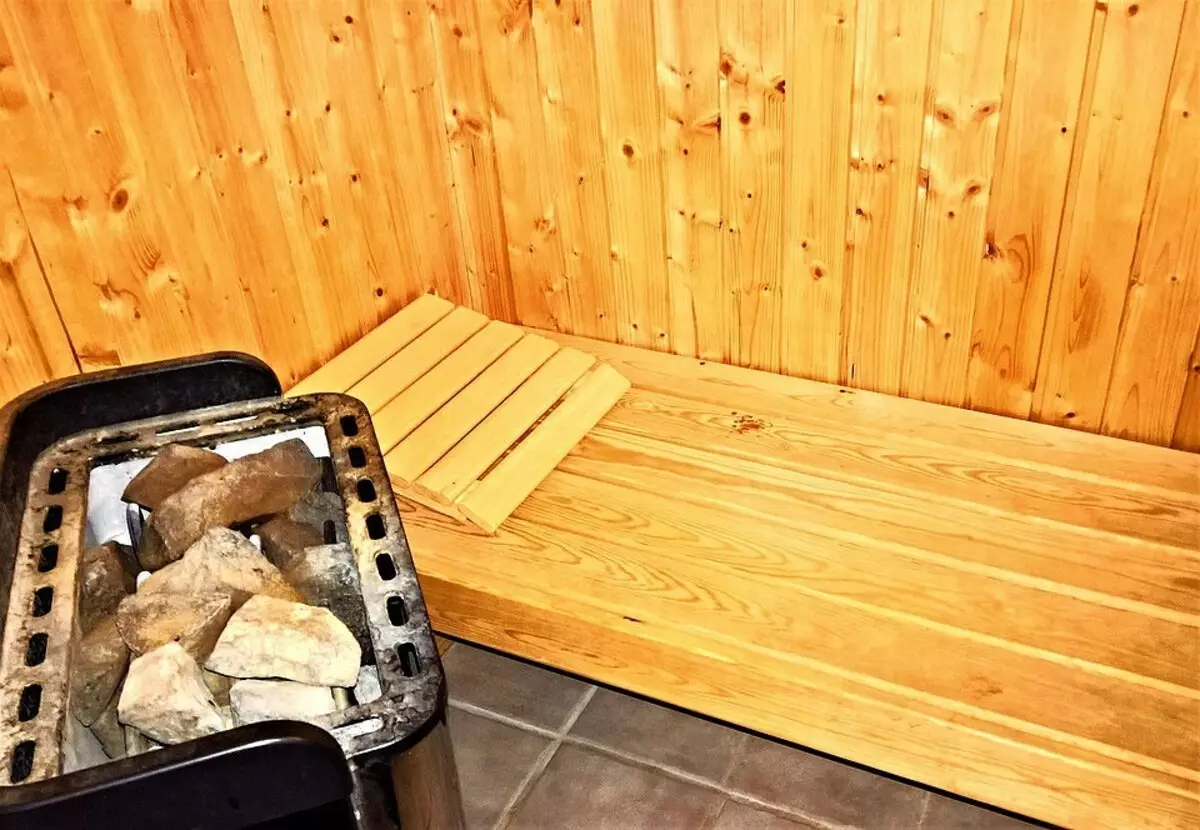
Mixing cultures makes it strict enough and a variety of requirements for a tree. Among them, objective criteria can be distinguished, such as low toxicity, strength, thermal conductivity, color stability under high temperature and humidity conditions. But there are also requirements depending on individual preferences. The wood is selected by the healing properties, by smell, color and texture. There are special types of wood that meet all these requirements immediately - this is Canadian cedar and exotic species called Hemlock and Abashi. All these materials have only one weighty disadvantage - they are quite expensive.
Ban trim materials
We offer to explore inexpensive varieties that you can successfully use to create an environmentally friendly trim bath, including steam room and recreation, without leaving the reasonable framework of the project cost.1. Larch
Larch is characterized by very high density. For this reason, the lining of larch is much stronger materials from other conifers. The second important advantage of this wood is the high content of the gum, due to which the material is practically not gaining moisture and is not subject to rotting. The combination of these advantages allows the use of larch to finish the steam room and expect a long service life. For more comfort, the steam shelves can be separated by a board from the African tree Abashi. Touching the skin to this type of wood does not bring discomfort, even when the air in the sauna heats up to 120 degrees.
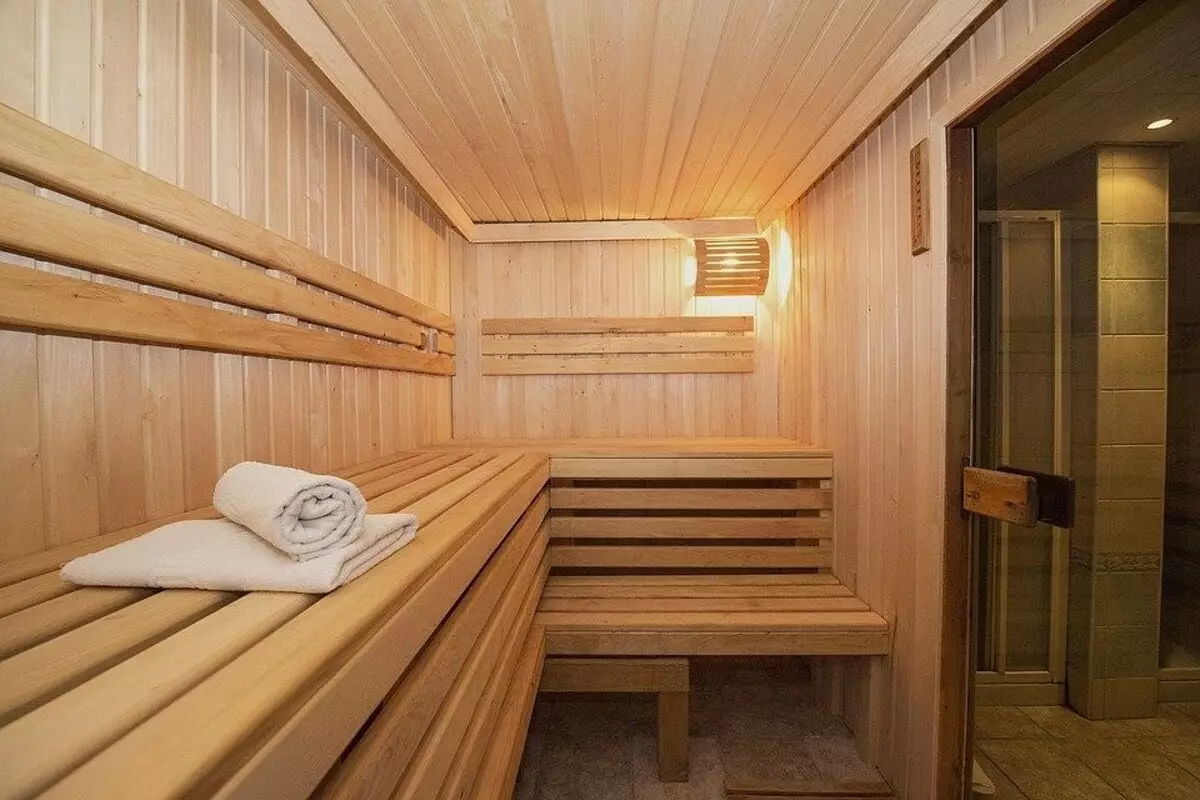
2. Osin
There is a lot of advantages about the advantages of Osin, and it is worth adding only that in durability, the finishing of the aspen clap is inferior to the larch. In addition, it should be said that the aspen has a specific bitter smell that causes nostalgic feelings from those who had to be in the real village bath.
3. Pine
Inexpensive and high-quality pine lining - a great choice for finishing a pre-banker or dining room. The release of resinous substances at room temperature is minimized, and the light smell of resin in the lounge will be a pleasant addition to bath procedures.
Conifer breed is not the best choice for steam room. Especially depressing will be the effect, if we separate the pine clapboard the ceiling. At a huge temperature under the ceiling, the resin will inevitably begin to drip, which can lead to burns.
There is a pine lining and a specific disadvantage. Often, pine boards and lining "blue" are covered with blue-black spots due to the development of specific microorganisms. This effect occurs as a result of improper storage of sawn timber.
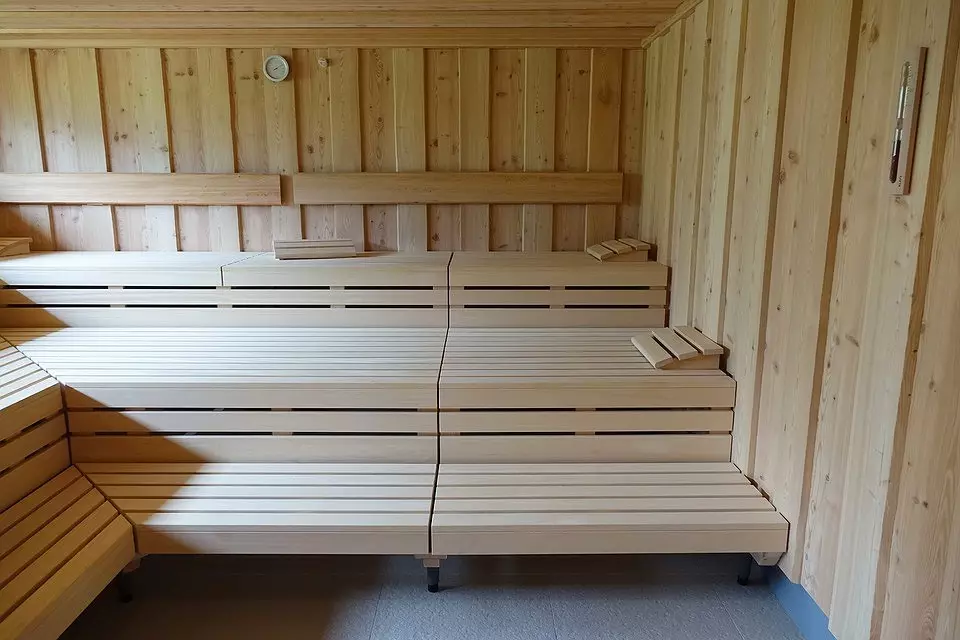
Most often, according to builders, the "blue" wood obtained from trees conceded in spring and summer. Extraked during the warm season, wood does not get off and has increased humidity. That this does not happen, the wood needs to be purchased from responsible vendors that guarantee the compliance of the materials adopted.
4. El
Due to the loose structure, the fir is afraid of moisture even more than pine.
Due to resinness and due to the loose structure, it is not worth using the lining of the fir in a steam room.
However, the loose structure gives some benefits. So, the spruce is favorably different from pine insulating properties. The advantages of the lining from ate appreciated in Finland - the place of origin of one of the most famous bunny cultures. Equally, from nature, the surface with a minimum number of bitch is well grinding, and the high-quality lining obtained as a result of processing is great for finishing the bath interior indoor, where less moisture and below the temperature.


